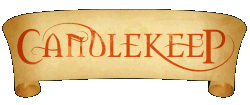
| Candlekeep Forum |
| Home | Profile | Register | Active Topics | Active Polls | Members | Private Messages | Search | FAQ |
 |
|
Note: You must be registered in order to post a reply.
|
|
|||||||||||||||||||||||||||||||||||||||||||||||||||||||||||||||||||
|
| Snitz Forums 2000 |